
We have a unique opportunity to help our clients, friends, and family who have a family member with autism or Alzheimer’s.
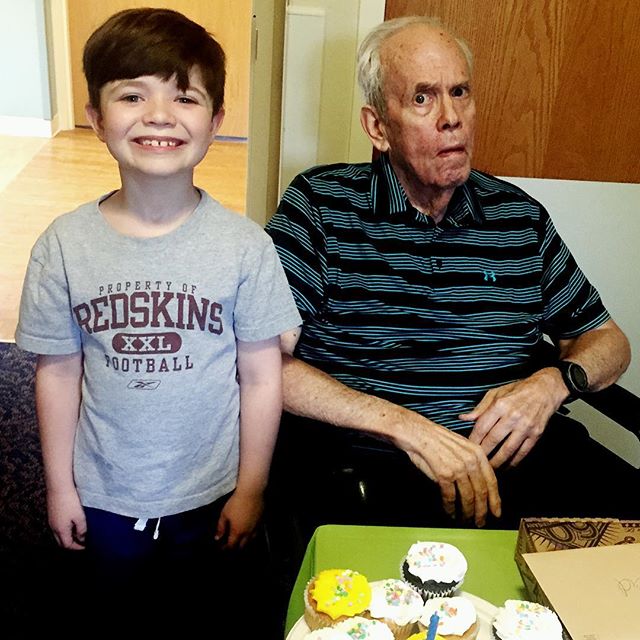
Design and remodeling is about problem solving. And there are a lot of us with loved ones whose lives are centered around a disease or condition. My attention has been focused on creating better living with those who have Alzheimer’s disease. And I’ve been lucky to present my ‘Design Prescription‘ for Alzheimer’s at national conferences and share tips with journalists.
There are simple things we can modify in our homes that make a huge difference in the activities of daily life, and in the entire mojo of the household. Wouldn’t you want a few extra hours each day to love your family instead of be frustrated by bouts of tension and ‘acting out’ that could be avoided? Yes, me too.
So here’s the story in numbers. In the United Stated, 1 in 50 kids are on the Autism Spectrum, and if you live to be 80 you have a 1 in 3 chance of dying with some kind of dementia.
Those are big numbers.
And yes, it has grown. Back in the 1970s and 1980s, the rate of autism was one out of every 2000 children, which is about 1.5 million with Autism.
For Alzheimer’s there are 5.3 million with the disease, and 3.9 million live at home. There are 46.8 million with dementia around the world, and the numbers are expected to double every 20 years.
If you know more than one person with autism or Alzheimer’s, you know that it is different for each person. While both can cause a sensory processing challenge, what presents as a challenge is different. For example, understanding color or depth could be an issue or it could be more of a communication challenge.
For those with Alzheimer’s or Autism understanding the physical environment isn’t the same as how other people perceive it. There is an obstacle in the ability to process sensory stimulation
We can create an environment which supports people. Minimize sensory processing challenges; remove the elements that cause stress and replace them with supportive elements that allow your client’s loved one to flourish.
Instead of trying to discourage what others judged as our loved ones weird and inappropriate behaviors, trying to step back and see how the environment can be designed to support the challenge.
So how do we help our clients and loved ones as designers and remodelers?
We can help create a less stressed environment through a variety of ways. The most important elements to a successful Design Prescription include:
- Ensure safety inside and outside the home with special locks and sensors.
- Maximize familiarity within the home environment. Those with Alzheimer’s feel best surrounded by things that are from their ‘prime’ and those with Autism may find it difficult to enter the living room if there is a new sofa.
- Minimize sensory overload, so that there isn’t a radio or TV competing with the words you are trying to share.
- Provide as much choice and independence as possible so that they feel confident and important in the family.
- Select home furnishings with durability and ease of use as a priority.
- Create social stories, pictorial representations for any sequence of events like brushing teeth, to use as problem solvers.
Design changes not only help those with Alzheimer’s or Autism, but the fully-able family members and caregivers as well.
Remember, although we may not always see the reason, there is always a reason.
There are specific examples on other blogs on myfixituplife.com, whether you are trying to create a better dining experience or wondering what to do about your backyard.







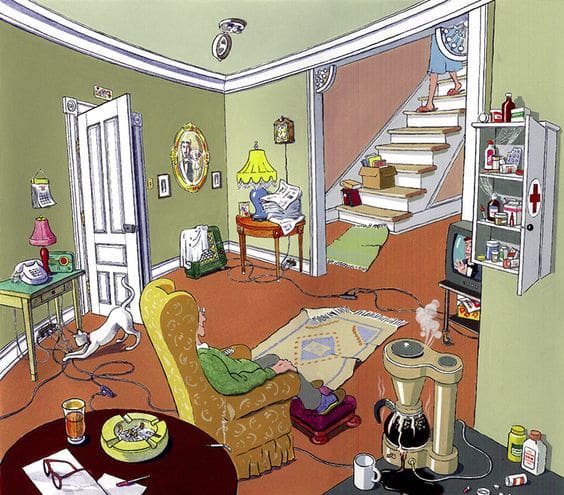
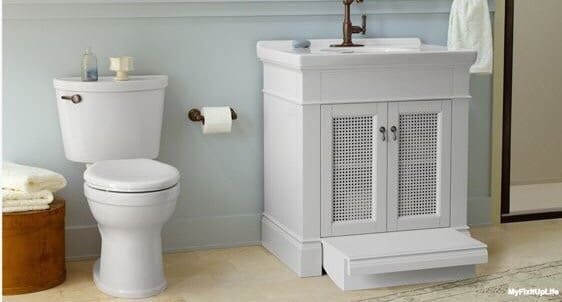

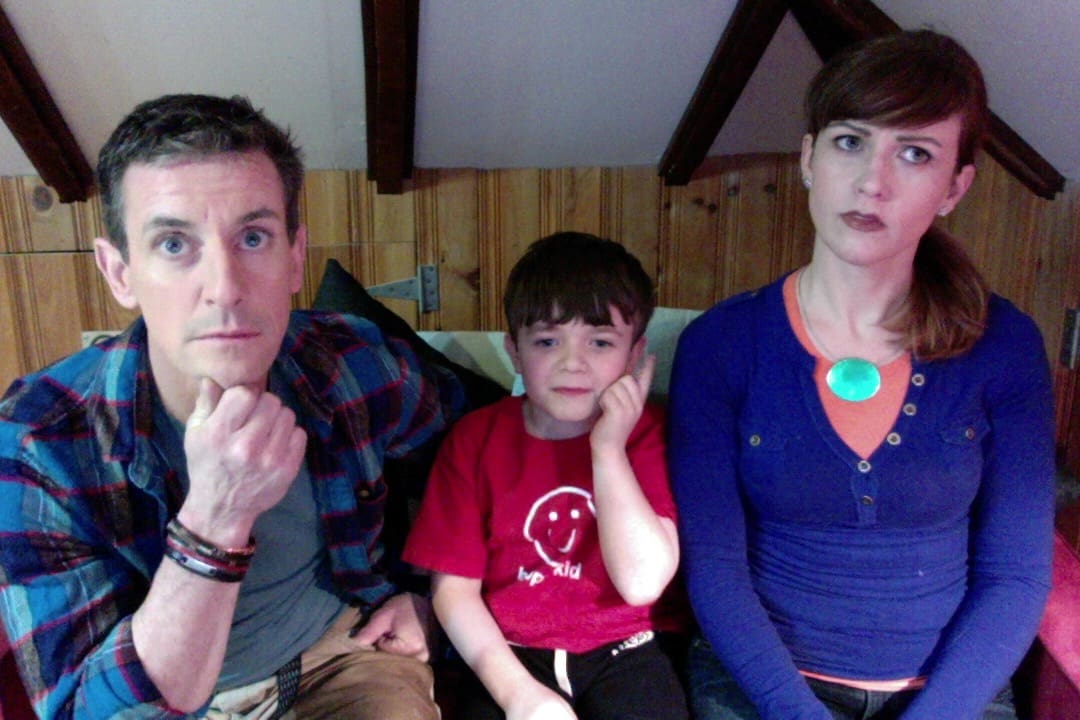


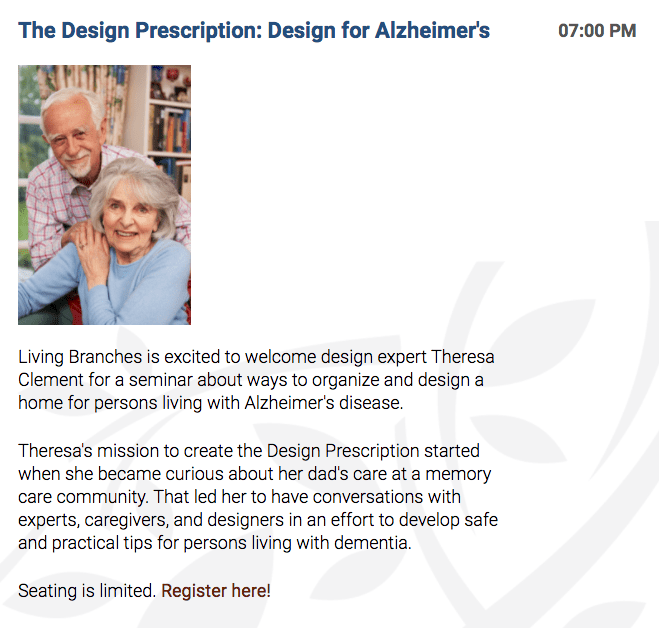

Thank you, Theresa, for your practical ideas. I am sharing a link to your blog with subscribers to my newsletter and blog on CaregiverFamilies.com. Vicki Kaufmann